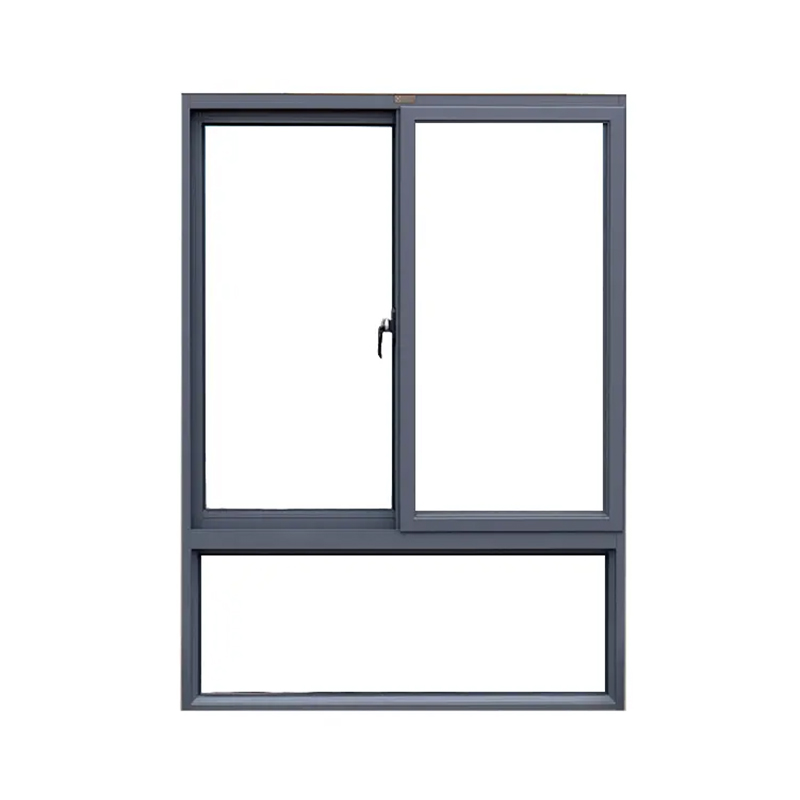Send inquiry
Sliding windows have become one of the most popular window styles for both residential and commercial properties. Known for their smooth operation and contemporary aesthetic, aluminum sliding windows, in particular, combine durability, energy efficiency, and low maintenance. They operate by sliding one panel horizontally past another, eliminating the need for additional space for opening and closing, making them ideal for compact areas.
Before selecting a model, it’s important to understand the three main types of sliding windows available, as each has specific advantages that cater to different architectural needs and environmental conditions.
Single sliding windows feature one fixed pane and one movable pane that slides horizontally along a track. This type is the most common and cost-effective design, offering simplicity and ease of use while maintaining excellent ventilation and visibility. The fixed section provides a solid seal, improving insulation and energy efficiency.
Single sliding windows are perfect for modern apartments, bathrooms, kitchens, and offices where one side opening is sufficient for airflow and natural light. Their straightforward structure makes them a go-to choice for minimalist architectural styles.
Double sliding windows feature two operable sashes that can both slide horizontally. This design allows for greater ventilation and flexibility, as both sides can be opened partially or fully depending on airflow needs. The symmetrical operation also enhances cleaning convenience, as both panels can be easily accessed from the inside.
Double sliding windows are best suited for larger wall openings or rooms where maximum air circulation is desired, such as living rooms, bedrooms, or commercial buildings with wide facades.

Triple sliding windows consist of three panels, with at least one or two that can move along the track. This configuration provides the most flexibility and panoramic view among all sliding window types. The center panel can be fixed, or all panels may slide, depending on the specific design. Aluminum frames are particularly effective here due to their structural strength and light weight, ensuring smooth gliding even with large glass surfaces.
Triple sliding windows are ideal for spaces like patios, sunrooms, or living areas that overlook scenic views. They are also common in office buildings where natural light and aesthetic openness are key design priorities.
| Type | Number of Operable Panels | Ventilation Efficiency | Ideal Use |
| Single Sliding | 1 | Moderate | Compact rooms, kitchens |
| Double Sliding | 2 | High | Living rooms, offices |
| Triple Sliding | 1–2 | Very High | Patios, large openings |
While sliding windows come in various materials, aluminum remains the preferred choice for modern architecture due to its strength, lightweight structure, and longevity. It allows for slim frame profiles, maximizing glass area and natural light while maintaining superior resistance to corrosion and weather conditions.
Choosing the right type of sliding window depends on the desired balance between aesthetics, functionality, and ventilation needs. Single sliding windows provide simplicity and affordability, double sliding designs enhance airflow and usability, and triple sliding configurations offer panoramic views and maximum openness. Aluminum sliding windows, in particular, deliver a perfect blend of style, durability, and performance—making them an excellent investment for modern architecture.